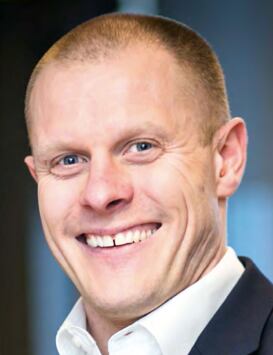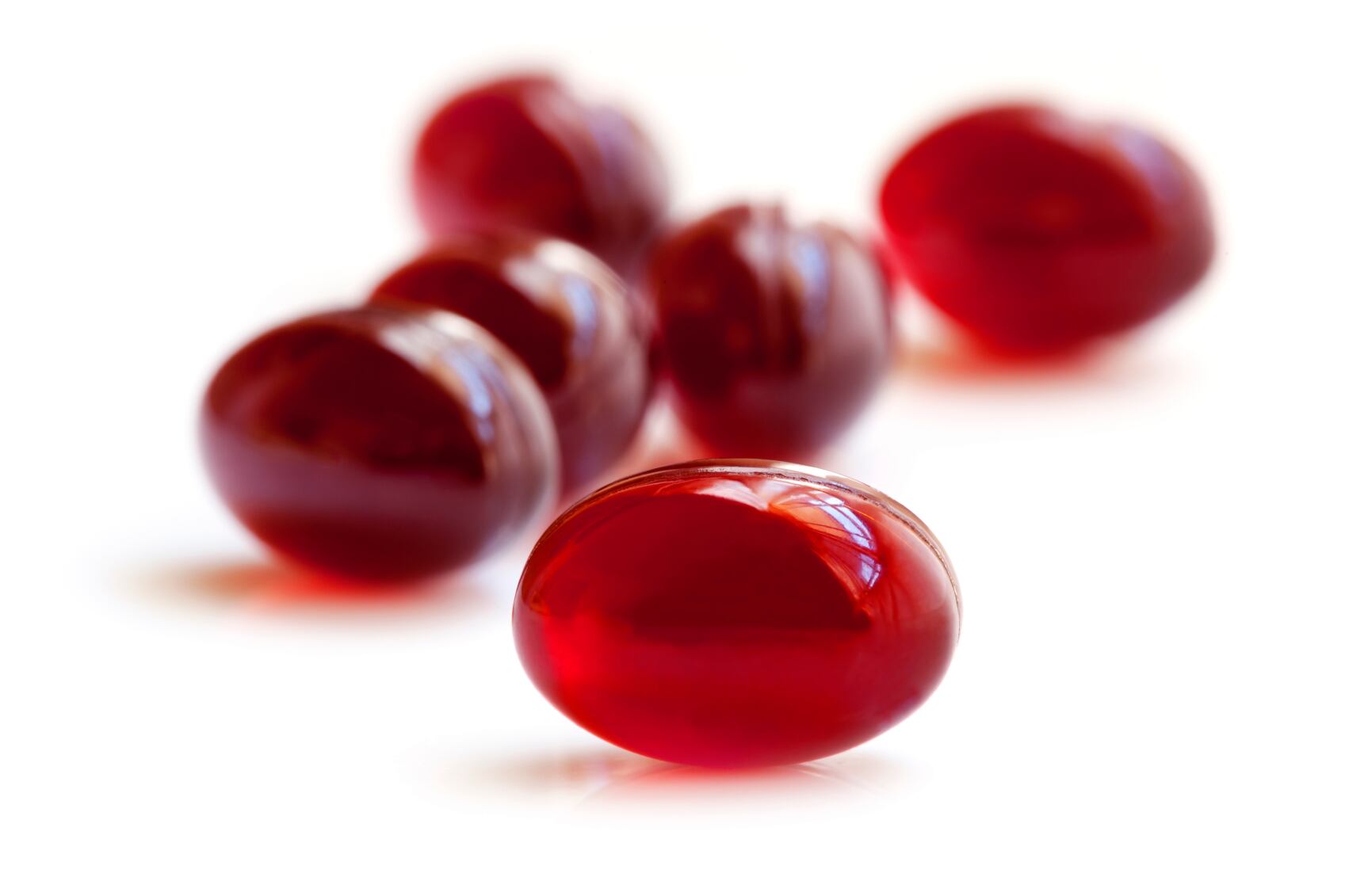Aker this week released its 2015 annual report that shows the company has made significant strides in efficiency and margins even as the overall omega-3s sector, and the krill sector in particular, has been recovering from recent headwinds. The report shows that Aker made a profit of more than $800,000 on revenues of $105 million.
Aker CEO Matts Johansen said profitability was the fruit of a long process of investment into equipment, processes and procedures.

“This is the first time in the 10-year history of the company that we are profitable. It was a long time coming but we are finally here,” Johansen said.
Continuous improvement
“A key part of this has been a strategy of continuously improving the supply chain and our cost leadership position. We have done this through capital investments. We have gone from toll manufacturing to manufacturing in our own plant in Houston, and that factory gives us a cost advantage,” Johansen said.
In the past Aker executives have said that the road to profitability proved to be longer than originally anticipated, but Johansen said Aker’s investments have now put it into a commanding position in the sector. In particular, Aker has come to be the dominant player on the harvesting side of the coin. Aker entered the sector with particular expertise in operating fishing fleets, and the company has pioneered some technologies, such as a continuously submerged net system, that boost the efficiencies of its vessels. The annual report shows that Aker, with its two updated vessels, accounted for 60% of the harvest in 2015, with 10 vessels splitting the rest. Aker said that volume provides a significant advantage in unit cost over its competitors.
“Improving productivity on the harvesting side is something that we have concentrated on,” Johansen said.
But cutting costs and improving efficiency is not the only thing that Aker has worked on, Johansen said. The company has also invested in a new processing technology dubbed Flexitech that allows it to produce higher concentrates that are free from some of the compounds that gave the first versions of krill oil its bait-bucket odor.
“This is not part of our cost advantage. We spent $50 million on this technology first to improve the standard product and secondly to be able to provide the next generation of krill oil concentrates,” Johansen said.
Market headwinds

It’s no secret that the global omega-3s market has been in the doldrums in recent years, and actually saw consumers leave the category in the US market. The reasons given for this were varied; in the US some equivocal studies on the benefits of omega-3s received wide media exposure, and advertising support for the category waned. That led GOED executive director Adam Ismail to conclude that consumers, especially those on the margins who were perhaps less committed to begin with, simply started to forget about omega-3s and the ingredients were not front of mind as they were making purchase decisions at the shelf. GOED instituted an advertising campaign in 2014 that was credited with at least helping to halt the downward slide in sales. Recent data from market research firm SPINS showed that omega-3 sales were on the uptick, but that krill oil sales actually fell in the US market, which accounts for a major portion of the world’s uptake of the ingredient.
Johansen said that there is a critical hole in the SPINS data in that it does not capture private label sales, and when those are accounted for the picture is far less dire. In the same time frame that SPINS was showing an 11% decline in krill oil sales in the US market major players such as Walmart, Sams Club and Costco launched private label krill oil products in the past couple of years. In 2012 there was no private label krill oil market to speak of, he said. In the overall omega-3 market, which is far more mature than the krill oil market, this was less of an issue because of many more SKUs on the shelf and private label having been a feature of the market for many years, he said.
“That took a huge chunk of market share from MegaRed (at one time touted as the best-selling single omega-3s SKU of all, including fish oils), which was captured in the SPINS data. We know what is happening from our own private label accounts so we have a better picture of the overall krill oil market,” he said.
Revenue declines
Nevertheless, Aker’s revenue numbers as reported in the 2015 report do show a gradual decline in top line revenue that would be in line with a soft market. Aker’s top line revenue went from $117.2 million in 2013 to $105.1 million in 2015. At the same time, the percentage of nutraceutical sales fell from 78% in 2013 to 55% in 2015, while aquaculture sales rose.
That makes the company’s margin performance all the more remarkable; in 2012 the company showed an EBITDA figure of $15.5 million, or a 13% margin, to $25.5 million in 2015, or a 24% margin. Aker’s figures also show that krill oil is taking an increasing market share in North America. The company said that krill oil now accounts for 20% of the overall omega-3s market in the region.
Johansen said the goal is not solely to occupy a commanding position in the market, but rather to use that position to further the overall category. The years of investing in equipment and processes (and in fighting patent lawsuits) took a toll on being able to fund research, he said.
“It’s more about having the resources and the margin to continue to invest in science. There is a need for more science to support krill and as a leader we have to do that investment. Secondly, we want to support our new sales and marketing approach. We are shifting our focus from B2B to add resources to the B2C part. We are investing in consumer research to understand why consumers buy krill, and how much they might be willing to pay for higher concentrates. Then we want to come up with good marketing concepts and ideas that we can provide as part of our customer support,” Johansen said.
Long term trends looking up
The future looks bright for the krill oil category, Johansen said. Aker has received a number of accolades and sustainability certifications for its Southern Ocean fishing operation. Critics of harvesting any Antarctic resource will always exist, he said, but long term population trends mean the resources will be needed.

“There will always be some NGOs that think Antarctica should be a sanctuary and that humans shouldn’t be there. But we are trying to lift the sustainability story and to look at it from a broader perspective. How does our product help make the world more sustainable? One of the United Nations’ sustainability goals is to have no hunger. There are there will be 9 million people in the world by 2050 which means we will have to increase food production by 70%. We provide products into the aquaculture industry that help makes it more efficient so that it can product more food with the same resources,” Johansen said.
“Another UN goal is health for everybody, and when you see the huge cost that society has from lifestyle diseases and you link that to the benefits of omega-3s have on people’s health you can see that our product contributes to keeping people more healthy. A recent study showed that for every dollar spent on omega-3s, three dollars were saved in the health care system,” he said.
